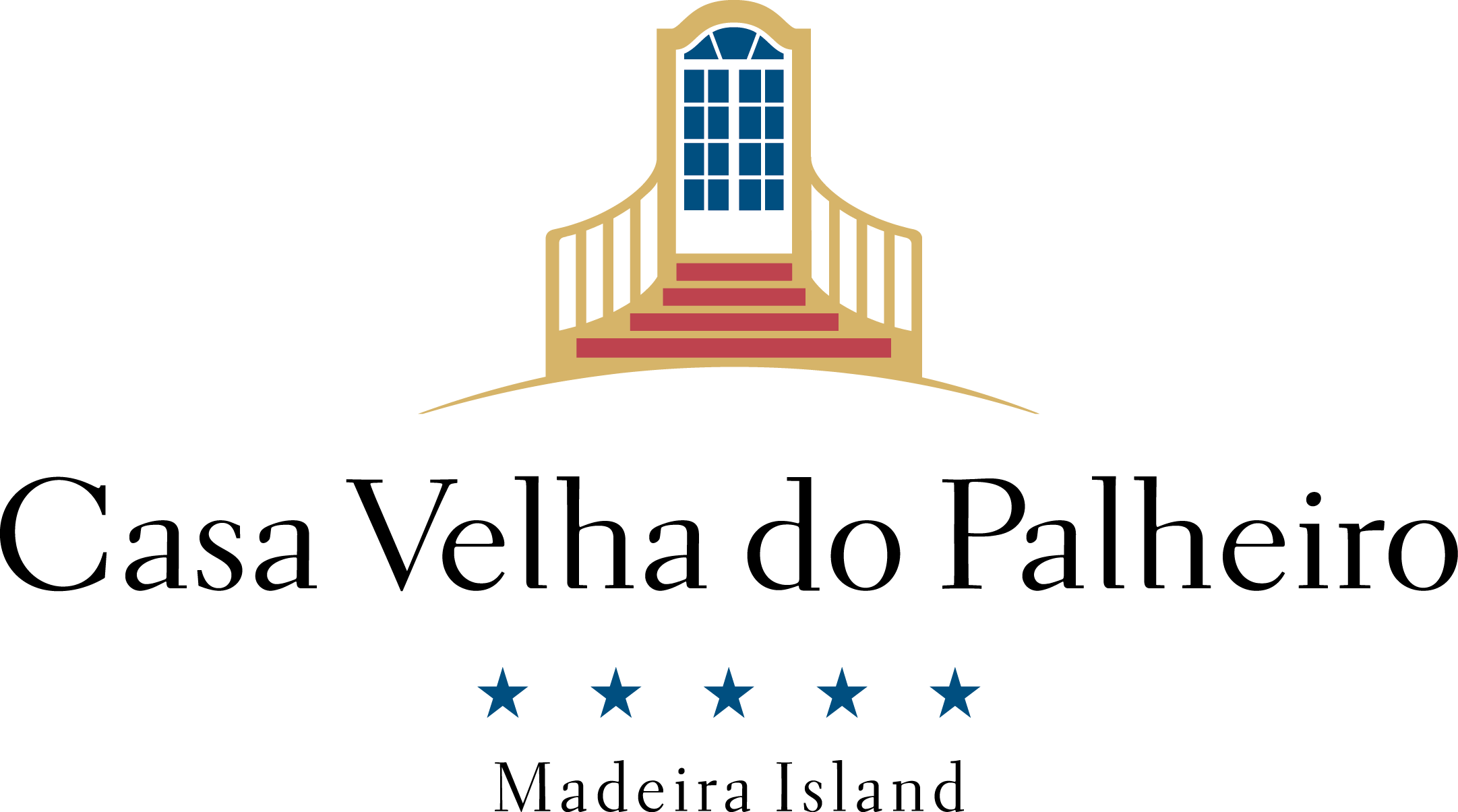
During your hike or bike ride you can hear a variety of bird song and you might be able to see some of the following:
Trocaz Pigeon: This pigeon is endemic to the island of Madeira. It is a mainly grey bird with a pinkish breast; its silvery neck patch and lack of white wing markings distinguish it from its close relative and probable ancestor, the common wood pigeon. Its call is a characteristic six-note cooing, weaker and lower-pitched than that of the wood pigeon. Despite its bulky, long-tailed appearance, this pigeon has a fast, direct flight. Protection of the laurel forests and a ban on shooting have enabled numbers to increase, so that the species is no longer endangered.
Macaronesian Sparrowhawk: This forest bird of prey depends on its native habitat of the laurel forest. It is an endemic subspecies of Macaronesia which occurs only in Madeira Island and five islands of the archipelago of the Canaries. Due to its rapid flight and elusive behaviour it is difficult to observe, and it is more active during the breeding season (February to July). The female is larger and has a grey-brown belly whereas the male is reddish-brown. Although only 9 nesting pairs have been officially identified in Madeira, they have been spotted nesting in the trees of Palheiro.
Buzzard: A large slow-flying broad-winged brown raptor, often mistakenly identified as an “eagle” – very common.
Western Barn Owl: A medium-sized owl with big head, long, rounded wings and short tail. The subspecies schmitzi is endemic to Madeira and its darker colouring is the main distinct feature from its nominate.
Kestrel: A small hawk often seen "hanging" motionless on the wind - very common.
Atlantic Herring Gull: Breeds on offshore islands and feeds on more or less anything - very common.
Grey Heron: A large grey bird with long neck. Flies slowly with legs trailing - common but does not breed here. Little Egret: A smaller white version of the Grey Heron - not common.

Spectacled Warbler: A medium-small compact warbler with short tail, bill and legs. Spectacled Warbler is a subspecies endemic to Madeira, as its plumage is darker than that of the species found on mainland Europe.
Pallid Swift and Plain Swift: Both blackish species can often be seen "hawking" for insects over the course. Hoopoe: A startling fawn-black-white bird with crest and curved bill. Breeds in Porto Santo. Often appears tame. Eurasian Chaffinch: A small and very friendly bird, very common. Can often be seen near the Tea House.
Bertelot's Pipit: A small grey-brown bird that runs about the fairways. Similar to the Rock Pipit seen on Scottish links but has a more bleached sun-faded appearance.
Common Blackcap: A small warbler frequenting shrubbery. Male has a black "cap", females and young have brown "caps". "Tac-tac" alarm call and sweet song - common.
Grey Wagtail: A small bird seen near water. Confusingly appears mostly yellow. Bobs up and down and flicks its tail. Firecrest: A very small warbler with a red gold head stripe and white eyebrows. High pitched bell-like call and song.
Canary: A yellow-green finch often seen in small flocks. Nothing like the caged variety - very common.
Rock Dove: A smaller dark version of a carrier pigeon - common
Collared Dove: A small beige dove with a black "collar" - not common.
Also fairly common are the familiar Blackbird, Chaffinch, Goldfinch and Robin – however you may well spot an uncommon visitor, especially when winds have been easterly.








